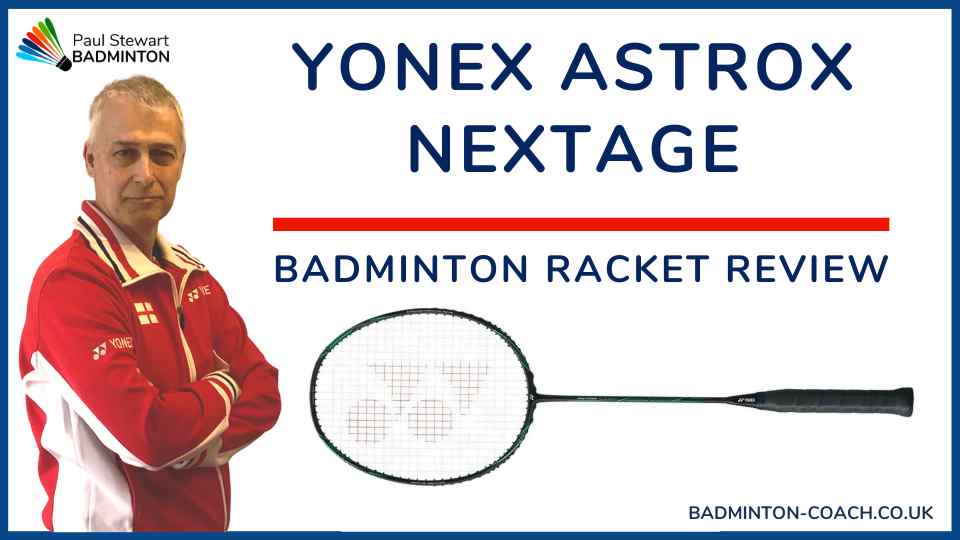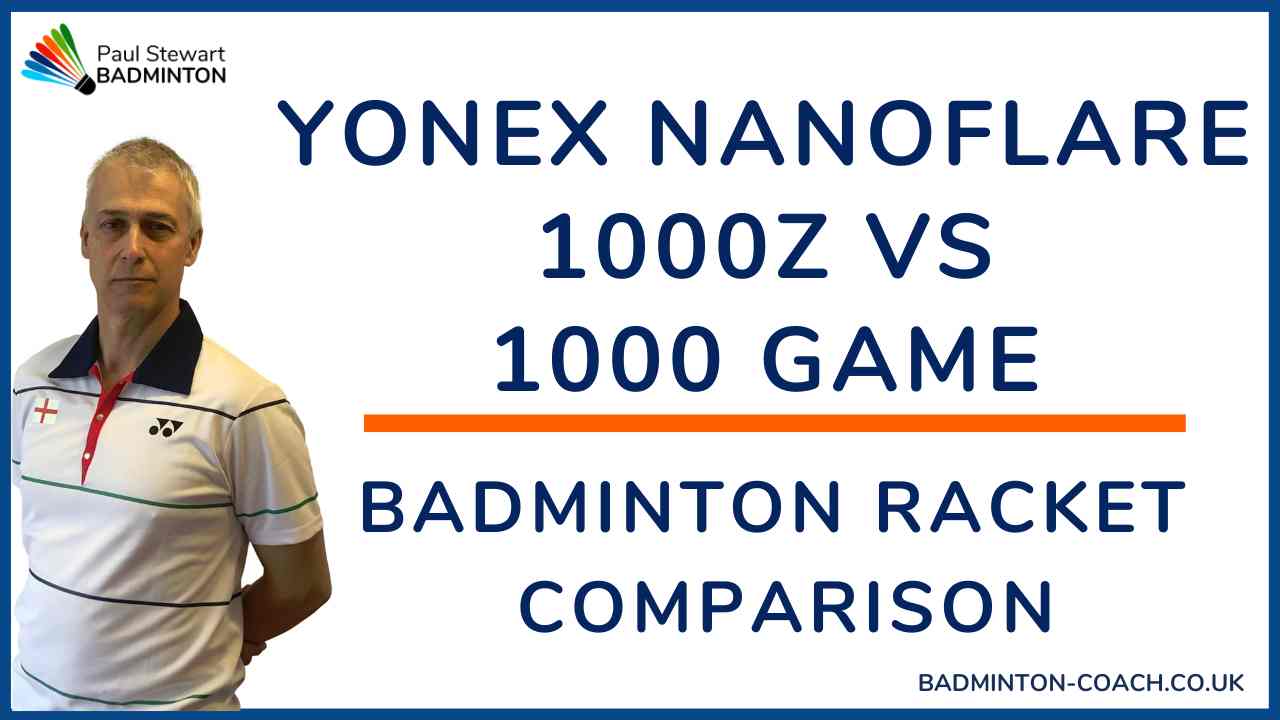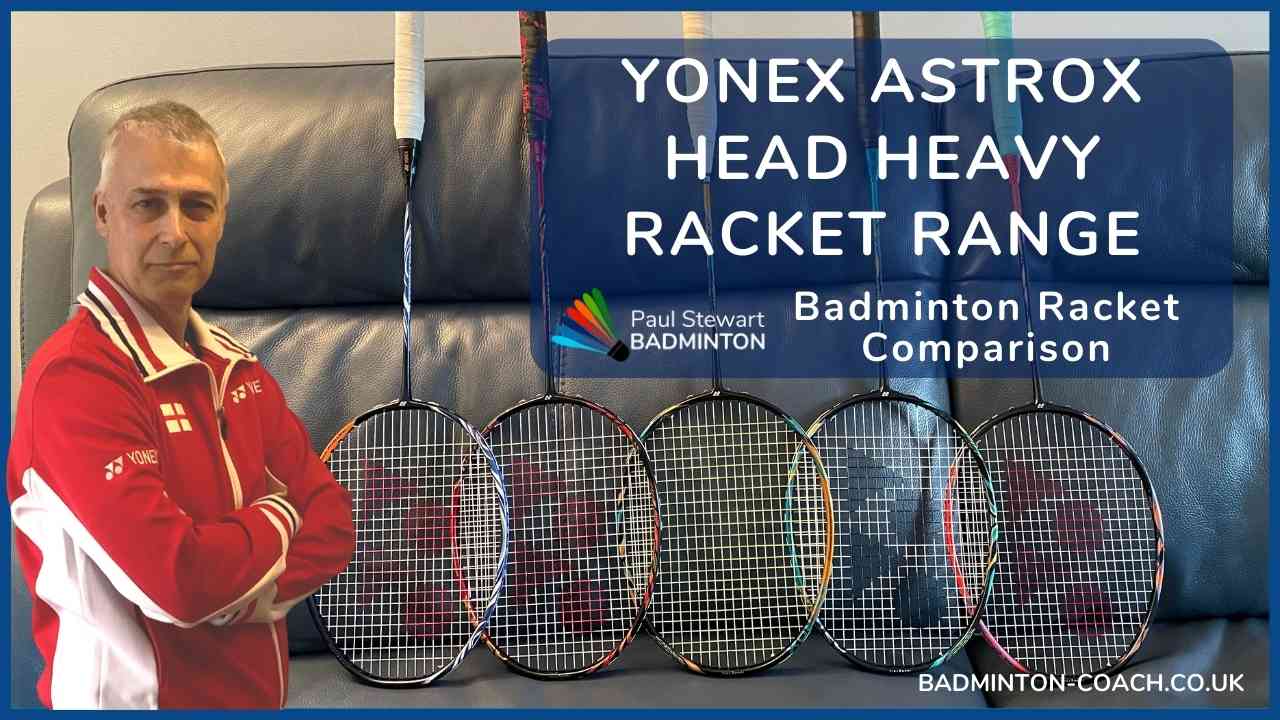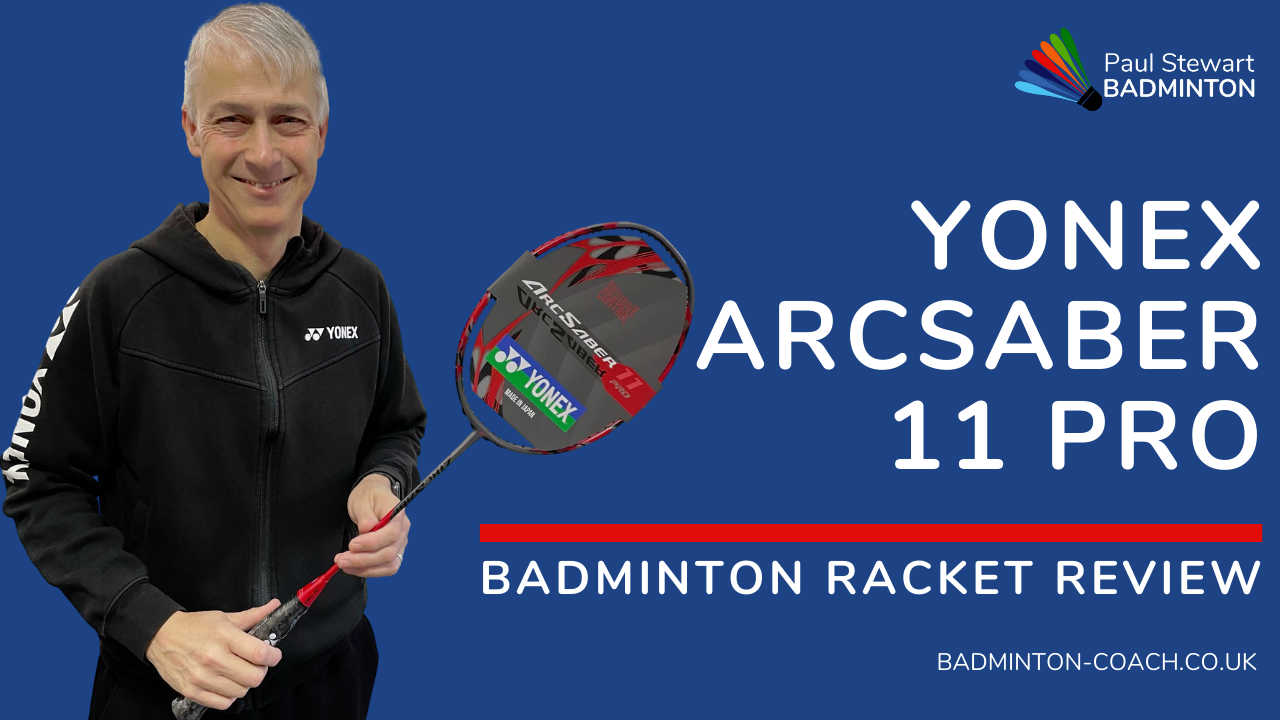In Part 3 of this Designing Winning Badminton Tactics series, you discovered that co-operation with your partner provides the understanding to “design” the shots you must play to either allow you to achieve your favoured formation or to stop your opponents from playing theirs.
In this article, you’ll discover how to use your tactical knowledge to play against specific styles of badminton player.
Let’s see if you can remember these from my earlier series of articles “Secret Badminton Skills You Must Possess To Read And Understand Your Opponent”
Aggressive Attacker
This player loves to play a fast, powerful game. The smash is their favoured weapon.
Unless you are more powerful, play at a faster pace, and can therefore beat the player by being better at this style of game, you need to devise tactics to stop this player using their greatest assets.
To beat the aggressive attacker you need to be calm and positive on court. A good “soft” low serve is vital with an occasional flick serve if you are capable and sufficiently accurate to place the shuttle in the corners.
With this player you need to be in at the net first with tight net shots to force a lift from your opponent. This is your building shot in the rally, so holding your nerve and being positive is imperative.
If you need to lift the shuttle then hitting a good length is a must. Additionally, good height in your clear or lift is essential to ensure the shuttle is dropping vertically which is difficult to hit. The use of height may upset the rhythm of your opponent who will have no choice but to wait for the shuttle to descend before they can play their return.
Shuttle placement rather than power in your attack is critical. A “soft” game is this player’s nemesis. They will try to inject pace into the game and it’s your job to ensure you respond by trying to slow the pace to continually upset their rhythm.
Your other option is to keep this player “cold” in doubles. Focusing your activity on their partner will frustrate them. When the shuttle is played to them, they are more likely to go for a winner and play a high risk shot, which inevitably leads to mistakes.
Attacking Thinker
The Attacking Thinker is the most dangerous of opponents. Their all court game, great placement mixed with power is a delight to watch and difficult to beat.
This player will have chinks in their armour. Your tactics here require precision. A study of the player will tell you which areas they are strongest and weakest.
Your tactics will call on your ability to mix the pace to see if this opponent falters when placed under intense pressure, hurried into corners or aggressively taken on at the net.
Aggressive Defender
The Aggressive Defender is the counter hitter waiting to play off your attack. The defender style will, in general, struggle in rear court and forecourt compared to the mid court area. Mid court is where they rule…but only when the shuttle is fast.
When attacking, it’s important that the non-smashing player positions themselves off the net, almost inviting a block return, whilst actually being ready to intercept the aggressive defenders favourite shot, the drive.
Defending Thinker
The Defending Thinker is also tough to play against with mid court and forecourt being their favoured areas on court.
Here you need to use pace and deception to push them into the rear court, giving them little time to get into position to strike the shuttle well. A good channelled attacking game piling on the pressure will upset them, but it has to be consistently good.
Summary
We’ve covered the four styles of player and discussed the tactics to test against them. Have you noticed a common factor or factors to beat each style?
In general there are two “topics” in this article
1) Playing opposite to your opponent’s favourite style (unless you are superior at this style yourself).
2) Learning the critical importance of pace in the game. When you understand how important pace is to the outcome of a game tactically then your job in practice sessions is to learn to slow down and speed up rallies without making errors – a very difficult skill to master.
Whenever you watch a pair or player in action, they will have favourite shots, favourite areas of the court to play in and finally, a pace they prefer to play at. Your job is to figure out what these 3 assets are in each opponent and then learn how to adapt your game to make it difficult for your opponent to play to these strengths.
Essentially, whenever you play a match, you need to play to your strengths and ensure your opponents are unable to play to theirs, unless you are playing to the same strengths and you are more skilful than they are. If not, are you capable of playing a virtually error-free alien style game? You should always train to play an alternative style or pace to the one your favour to have a strong second game plan.
Badminton is a game that is NOT won through hitting out and out winners. It is a game where you try to create pressure which leads to openings for a set-up followed by a winner or a mistake from your opponent. More points are won from mistakes rather than winners.
The more you are able to make your opponents play a game that is alien to them, the more mistakes they will make.
Not seen part 1, 2 or 3 yet? Here are the links:
Designing Winning Tactics In Badminton – Part 1
Designing Winning Tactics In Badminton – Part 2
Designing Winning Tactics In Badminton – Part 3
Your comments regarding this article are welcome.













Thanks Paul for great article,
Aggressive attack in double badminton game is key . Badminton Players in doubles game are always obsessed on fast and quick smashes. While play doubles game, it is very important to catch the opponents on net with very fine & accurate drop shot and take a high lift shuttle which can be emerged as point wining tactics.
The use of pace is so neglected in a game and as you say, makes the biggest difference.
Paul
“The more you are able to make your opponents play a game that is alien to them, the more mistakes they will make.”
Truer words have never been spoken! Up until last week there was an opponent I’d never beaten and it was really frustrating me. My doubles partner who is older and more experienced than me sat me down after he’d played him and told me to use my brain and not be so attacking, because that’s the game he likes to play against. Playing so deep in the court, his front court was very vulnerable and I was able to beat him easily in straight sets just by playing a softer, more angular front court game.